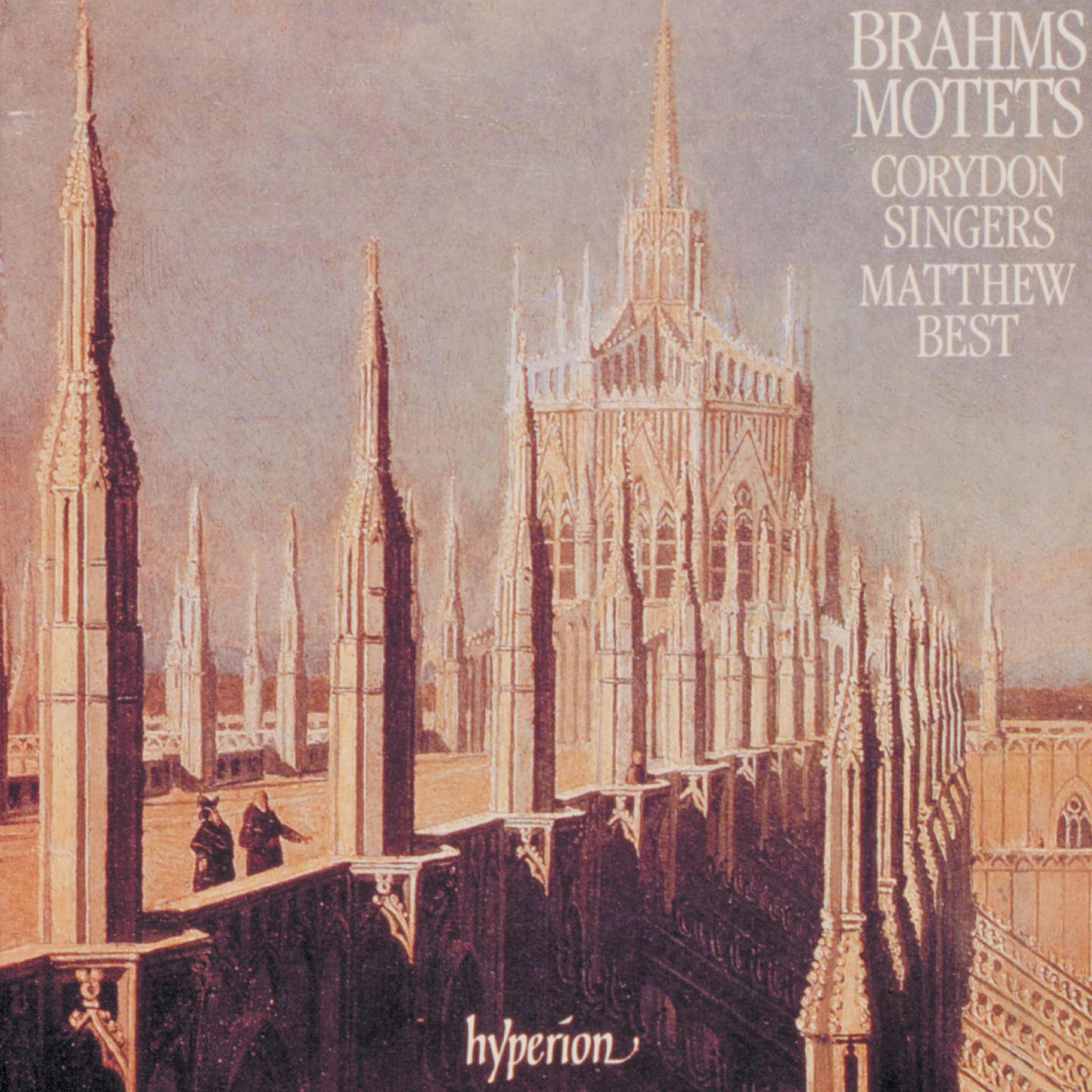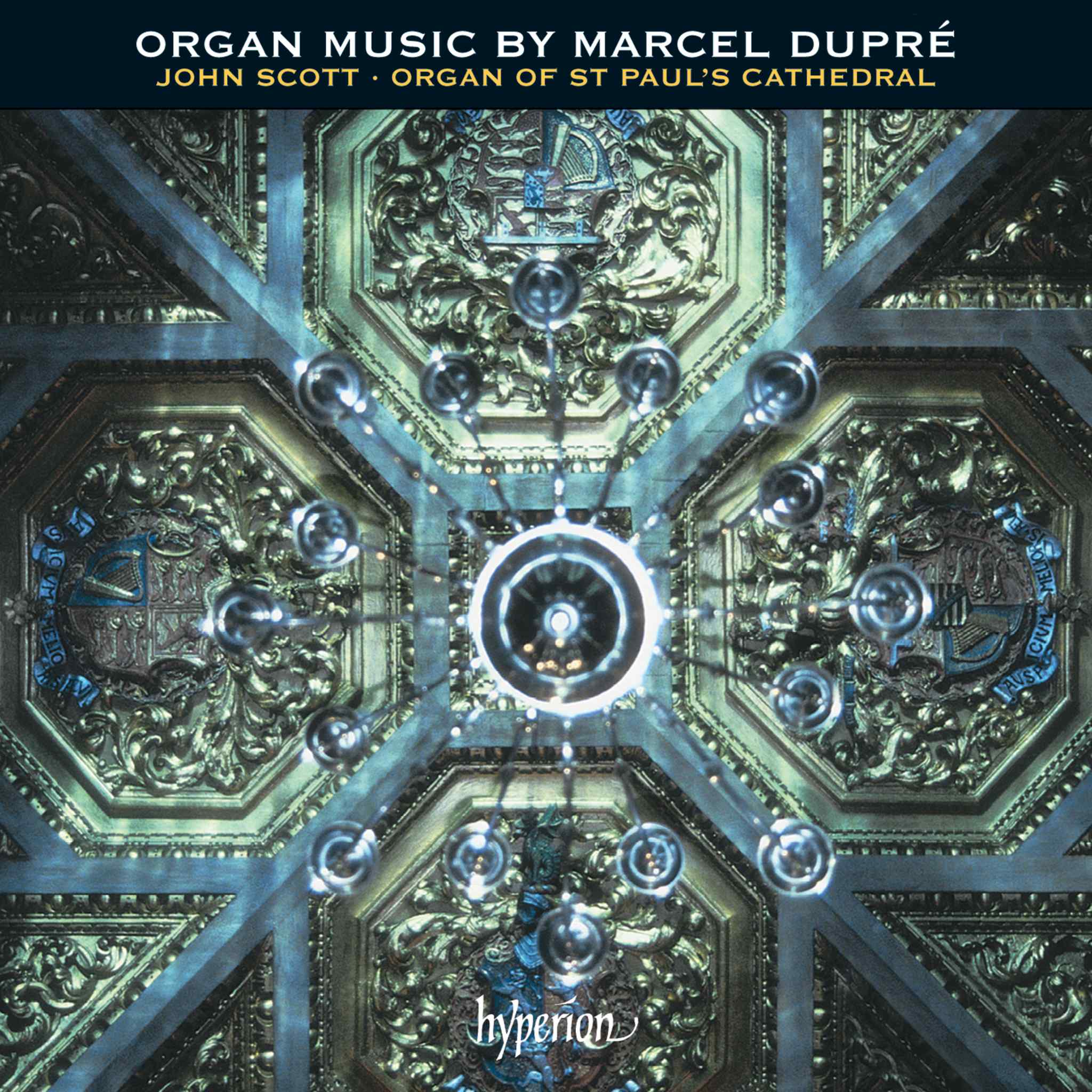Album insights
Joseph Joachim Raff, born in 1822 in Lachen near Zurich, faced a tough choice like many composers before and after him. He had to decide between pursuing his passion for composing or earning a living to survive and compose later. Juggling both ambitions put immense pressure on him until a fortunate event in 1845 changed his fate. He might have ended up as an unknown music teacher if not for this stroke of luck.
Raff's journey began when he migrated to Switzerland with his parents, who fled Württemberg. Financial constraints pushed him to work as a music teacher at 18. Despite these challenges, his compositions caught the attention of Franz Liszt, leading to a breakthrough in 1845. A pivotal encounter with Liszt in Basel enhanced Raff's career, eventually paving the way for his own musical reputation beyond Liszt's shadow.
Initially, Raff progressed as Liszt's assistant in Weimar before branching out to pursue his desire to compose his own music in Wiesbaden. His early works mirrored his admiration for Mozart, Mendelssohn, and Beethoven. Raff's contributions to the 19th-century piano repertoire were well-received, focusing on the lucrative market of salon music. His reputation soared in later years, particularly through his Shakespeare overtures and symphonies, which reflected literary or programmatic themes.
Raff's Symphony No. 3 in F major, Op. 153, "In the Forest," is highlighted in the present recording, showcasing his adept instrumentation skills and his devotion to classical inspirations like Beethoven and Mendelssohn. The Symphony conveys a serene ambiance, with elements of nature vividly portrayed through the orchestration. In contrast, Symphony No. 4 in G minor, Op. 167, although lacking explicit programmatic titles, embodies a serious tone evident in its evolving melodic themes and powerful conclusion.
Raff's musical identity shines through in Symphony No. 4, where his unique style emerges amid influences from past composers. The symphony's Scherzo reflects Mendelssohn's light musical touch, while the Andante showcases Raff's inventive lyrical talent. The Finale concludes the Symphony with a lively dance theme, showcasing Raff's compositional prowess and affirming a vibrant musical spirit.










